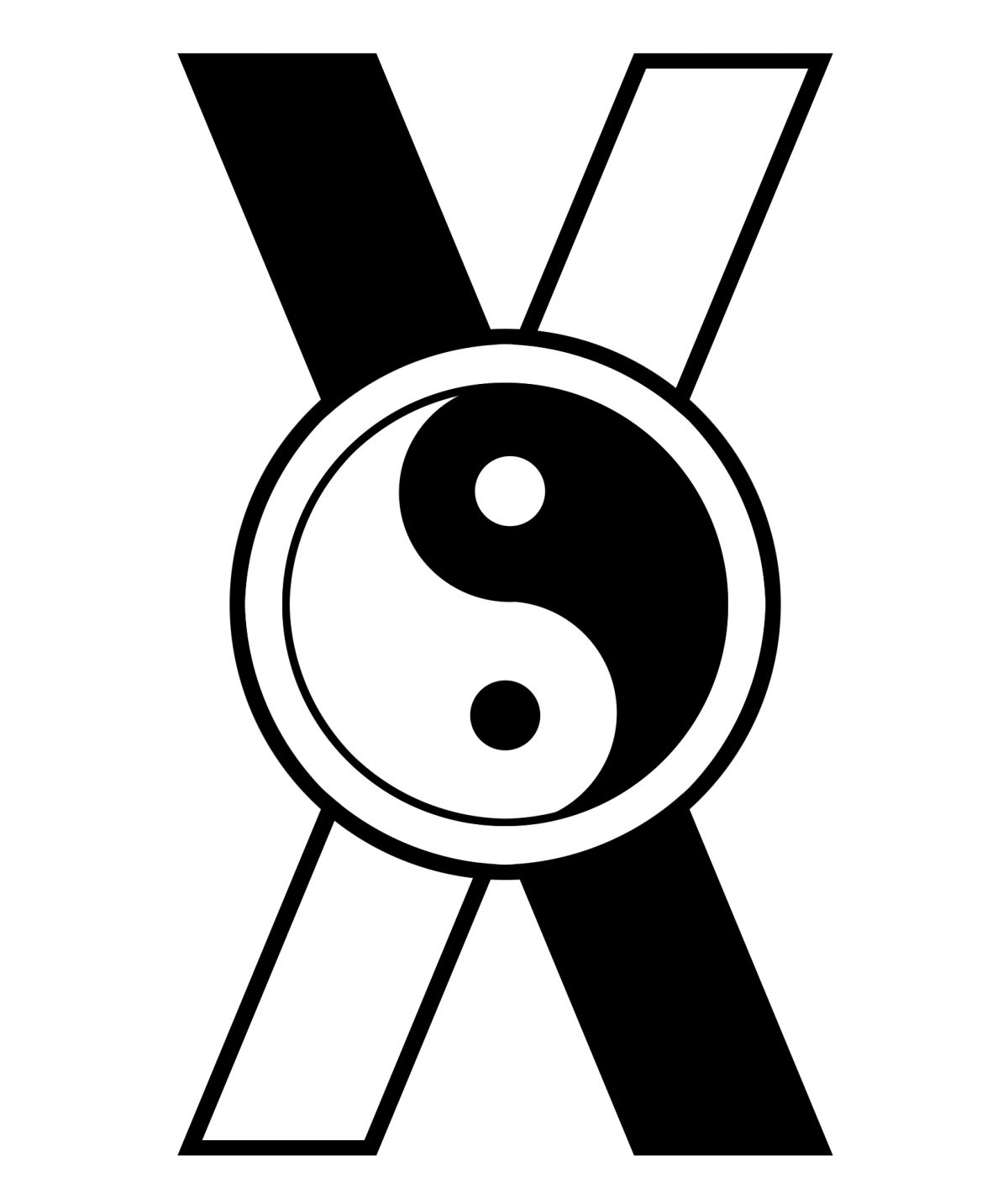In these hard and indeed stupid times, I’ve been asking more about myself, how to deal with it, who I am, how I grow. It’s required me to confront the fact that so much of our modern world is just so stupid and meaningless. In turn it has made me feel sad.
And know what? It’s a pretty good sadness.
As I contemplate and meditate in the chaos of mid-2025, I stared into the abyss as it were, and the abyss didn’t stare back because it was just sitting there drooling. I watched social media influencers being nothing and saying nothing for money. Politics was a cruel joke told by insecure men with neither humor nor humanity. Brilliant insights and technology were ignored or repurposed by businessmen with no grounding in being a person. Even things I enjoyed I questioned what use were they, what good was this game or this TV series?
It was all so dumb and it didn’t have to be this stupid. We knew better, which was worse, because we did this anyway.
After that the sadness settled upon me. It was a midnight-black shroud, not constricting, but impossible to ignore, a darkness of the soul. I felt sad for the state of the world and sad for the people, for all the stupidity, even our self-inflicted wounds. Maybe we deserved this but in so many ways we didn’t.
However this sadness was real. It was vital. It came out of the soul and my guts. It wasn’t offensive, it wasn’t an affront to my being, it came from me. It was, for all its misery, real in a raw way that felt vital and alive.
I may have felt unhappy, but it was so real that there was a joy in it, an honesty. It was no different than those meditations where you sit and breathe and every moment is so true that you and your awareness are one. You’re not feeling, you are the feeling.
Even if the feeling is bad, it’s real and true and you know it’s real and true. Sitting in my breath and sitting there sad were the same.
In spiritual practices, I’ve seen it mentioned that you’re not there to avoid unpleasantness – that’s part of the journey. Your meditations and contemplations aren’t climbing a mountain to some airy separate realm, but a climb downward into reality, even the painful parts. Trying to escape it all cuts off the world and cuts you away piece by piece, but you find realness when you deal with everything, including the sad parts.
So I felt joy in this sadness. I knew where I was, what I felt, who I was. By acknowledging it I could be real with myself, contemplate the feeling, understand it. It was all so beautifully, painfully true.
The funny thing is, is if so many of us weren’t busy trying to escape reality with so many distractions (some of which involve insecure men manipulating whole nations) we wouldn’t have so much sadness.
-Xenofact
